Transforming Athlete Performance Analysis: 4 Amazing AI Examples
Sport, Data, AI, Tech… all things I love. This thought-provoking topic excited me. So, without further ado…
In the world of sports, the pursuit of excellence is relentless.
Athletes and teams strive to push boundaries, break records, and achieve peak performance.
But how do they get there? Aside from hard work, grit and determination?
Enter Artificial Intelligence (AI), a technological game-changer that continues to rewrite the playbook on athlete performance analysis across various sports. This article explores the remarkable journey of AI in sports, from the locker rooms to the playing fields (or pitches!), unveiling its impact on performance, strategy, and the very essence of the games we love.
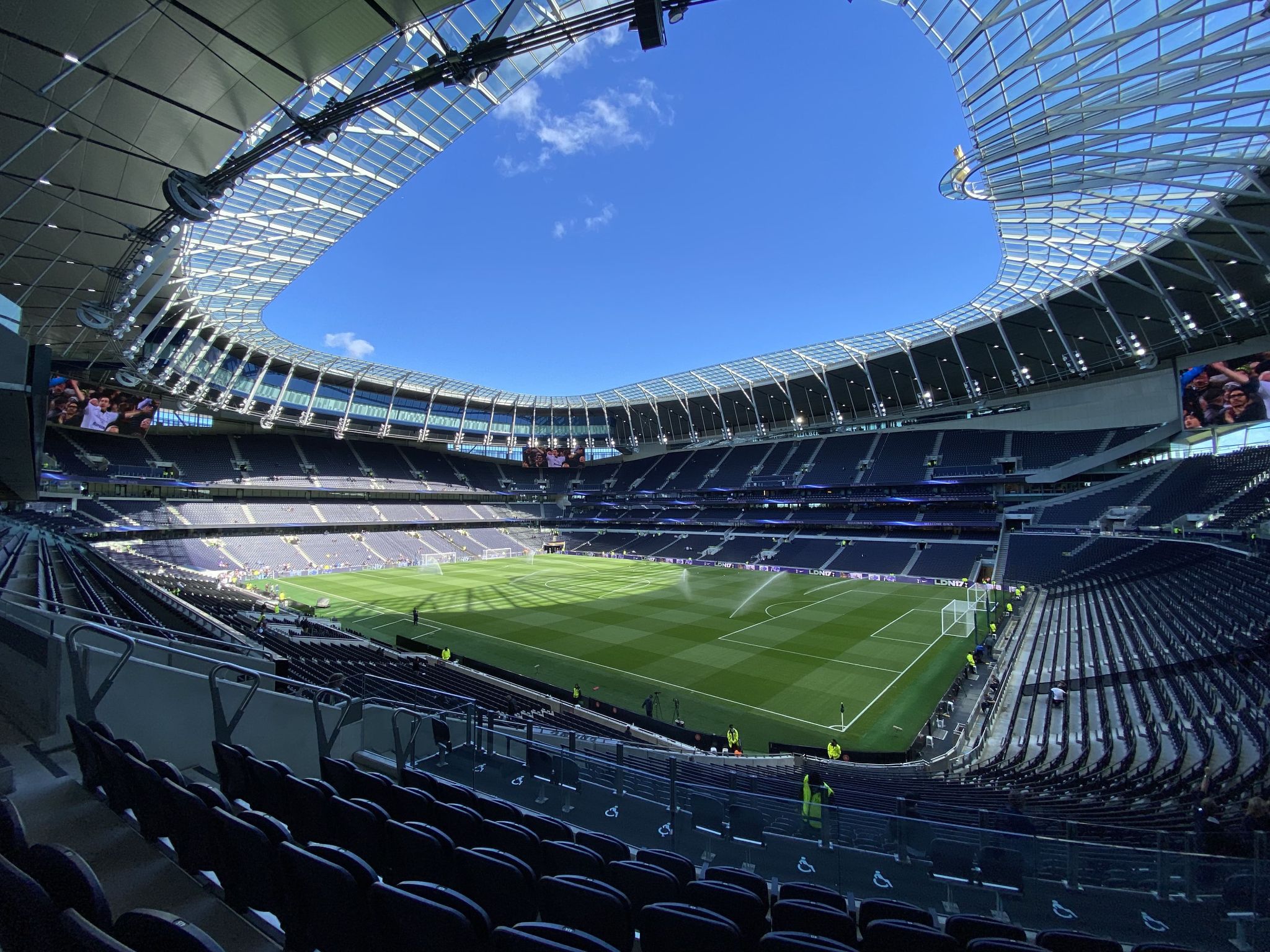

The Athletic Quest for Perfection
Before we dive into the AI revolution, let’s set the stage.
Athletes have always sought ways to gain an edge. From ancient Olympians to modern superstars, the pursuit of excellence has been relentless. Coaches scrutinised performance data, honed techniques, and devised strategies to push athletes to their limits.
However, the limitations of human analysis and manual tracking left room for improvement.
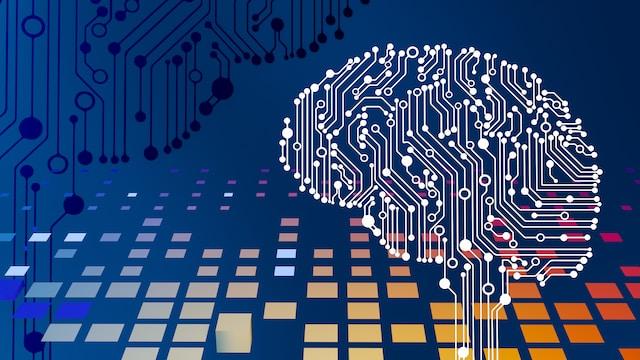

The Game-Changer: AI Analytics
AI, with its computational power and ability to analyse vast datasets in real time, stepped onto the sports scene as a game-changer.
One to, hopefully, improve athlete performance analysis.
Here’s how it’s making waves:
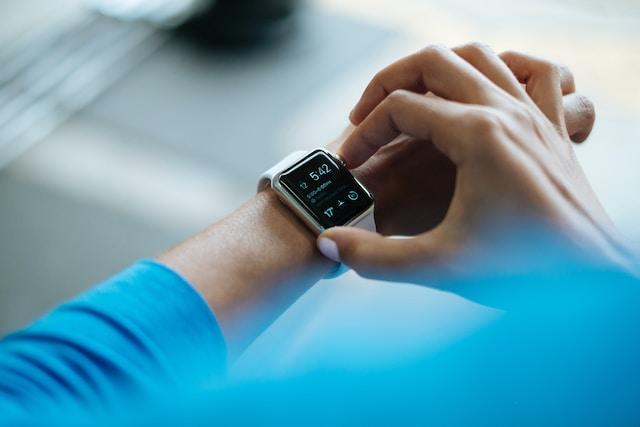

1. Player Biometrics and Health Monitoring
In an era where wearable technology has become ubiquitous, AI takes it to the next level. Athletes wear smart devices that monitor every heartbeat, step, and sleep cycle. AI algorithms crunch this data, providing coaches with a real-time view of player health and fitness. It’s not just about preventing injuries; it’s about optimizing every angle of an athlete’s well-being.
- Smart Wearables: Devices like fitness trackers, smartwatches, and heart rate monitors.
2. Athlete Performance Analysis Through Computer Vision
In sports like soccer and basketball, tracking player movements used to be a challenging task.
Not anymore.
AI-driven computer vision systems, armed with cameras and machine learning algorithms, analyze player positions and movements at lightning speed. Coaches receive data-rich insights to fine-tune strategies and boost performance.
- Player Tracking Cameras: Systems like SportVU, which can collect data up to 25 times per second, in the NBA and similar setups in soccer stadiums.
3. Strategic Decision-Making
Picture this: AI algorithms comb through historical match data to predict an opponent’s moves in real time. That’s the power of AI in strategy. Coaches armed with AI insights can make split-second decisions based on data-driven predictions, giving their team a strategic advantage.
- Real-Time Match Analysis Tools: Platforms that provide predictive insights during live matches.


4. Personalized Training Plans.
One size doesn’t fit all in the world of sport. AI creates individualized training programs for athletes based on their biometrics, performance history, and goals. It’s like having a personal trainer who understands your body better than anyone else.
- AI-Powered Training Software: Platforms that tailor workouts to individual needs.
The AI Touchdown: A Few Real-World Examples


NBA’s SportVU: Elevating Basketball Insights
The National Basketball Association (NBA) embraced AI early with its SportVU system. This technology utilizes strategically placed cameras to track player movements, ball trajectories, and game dynamics. Coaches and analysts gain an unprecedented view of player interactions, helping them optimize strategies and identify areas for improvement.
Football’s Expected Goals (xG): The Goal-Scoring Oracle
In the world of football (or soccer, for our friends across the pond), AI’s influence is profound. Take Expected Goals (xG), for instance. This metric uses AI to assess the quality of scoring opportunities during a match. By analyzing factors like shot location, angle, and player positioning, xG provides a numerical value representing the likelihood of a shot resulting in a goal. It’s a game-changer for coaches, analysts, and fans seeking a deeper understanding of the beautiful game.
If you’re a football fan, you know that, although xG is a great predictive measure, there are always games where it never pans out the way xG predicts! The unexpected can happen.
Wearable Tech in Marathon Running: Pacing to Perfection
Long-distance running requires precise pacing to avoid early burnout or leaving too much energy in the tank. Enter AI-powered wearable tech designed for marathon runners. These devices analyse an athlete’s running form, cadence, and heart rate in real-time. They provide feedback, helping runners maintain an optimal pace throughout the race. It’s like having a digital running coach whispering in your ear.
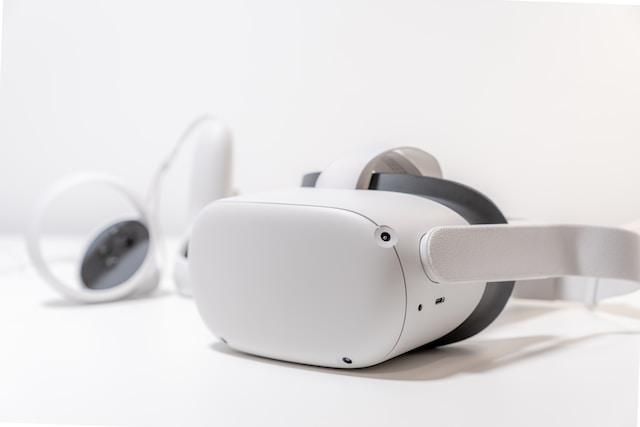

Challenges and Future Goals
While AI’s impact on athlete performance analysis is undeniably impressive, challenges remain on the path to perfection. Data privacy, ethics, and the need for AI models to adapt to the ever-evolving world of sports are key concerns. Yet, the future holds exciting prospects:
- Enhanced Injury Prevention: AI algorithms are getting better at predicting and preventing injuries by analyzing player movements and biomechanics.
- Virtual Reality (VR) Training: VR platforms, powered by AI, offer immersive training experiences, allowing athletes to simulate real-game scenarios.
- Fan Engagement: AI-driven analytics offer fans a deeper connection with their favourite sports. Real-time statistics, personalised content, and immersive experiences are on the horizon.
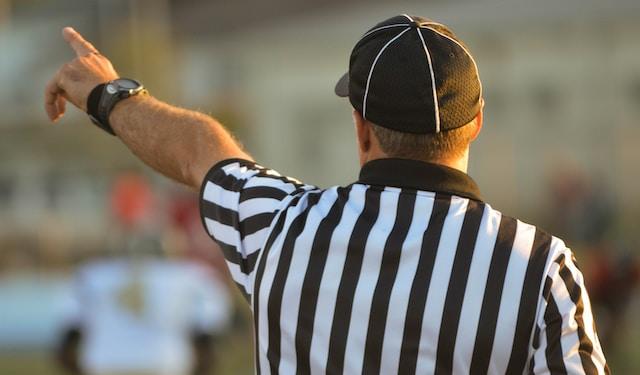

The Final Whistle
As we wrap up this journey through AI’s impact on athlete performance analysis, it’s evident that we’re witnessing a revolution in the world of sports. From health monitoring to predictive analytics, AI is a formidable teammate in the search for sporting excellence. Whether you’re a coach strategising for the next game, an athlete seeking peak performance, or a fan hungry for deeper insights, AI is changing the game for everyone involved in the world of sports. So, stay tuned, because the final whistle hasn’t blown on this exciting evolution.
Note: While AI has made remarkable strides in sports analytics, it’s essential to remember that no technology can replace the passion, heart, and spirit that make sports truly beautiful.
To read more about the utility of AI in sports injury prevention, read my blog here.





